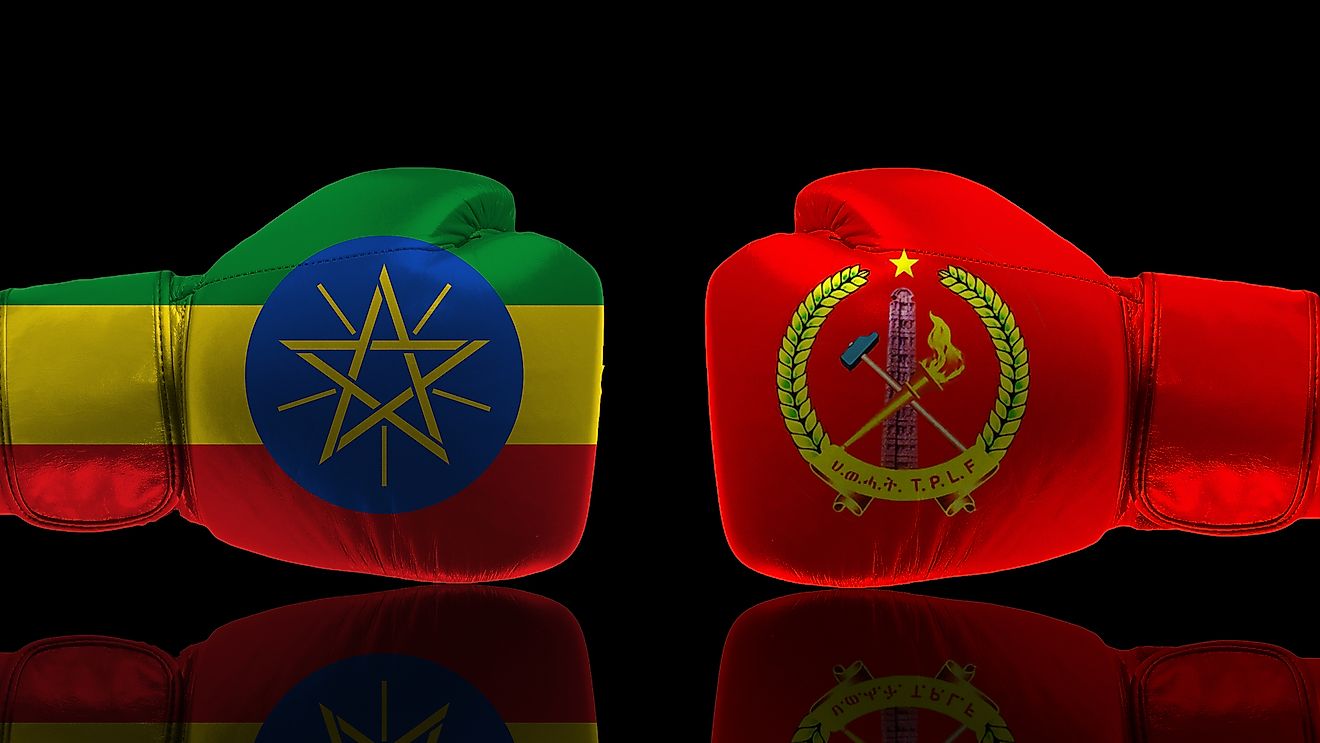What Is A Middle Power?

In international relations, state power is indicated by a country's economic and military capabilities. Modern states can be classified as either small, middle, regional, great, or superpower. The power of a state is vital in determining its role and influence in the world order. After the Second World War, the United States and the Soviet Union emerged as superpowers, a situation that resulted in the Cold War and a nuclear arms race. Today’s superpowers dictate the global order, the United States, China, Russia, United Kingdom, France, Germany, and Japan are considered great powers due to their military and economic might. They influence the global order and shifts in their political, social and economic structures ripples to the other countries with significant effects.
What Is A Middle Power?
A middle power is a term used in international relations to refer to a country that is neither a great power nor a superpower but has moderate influence in the international scene. The model "middle power" began in the 16th century at a time when the European state system was taking shape. The idea was coined by Giovanni Botero, an Italian political philosopher when he categorized states as either an empire, middle power, and small power in what he named grandissime, mezano, and piccioli respectively. Giovanni considered a middle power as a state that could economically, socially, and politically stand on its own without outside interference. There is no standard definition of what a modern middle power is but some prefer using the GDP as a catering factor. Economically, they are neither big nor small.
Determining Middle Power States
Scholars at the Universities of Nottingham, and Leicester define a middle power in two ways; first is the conventional way that considers the wealth of a state and its capabilities. Secondly, a middle power can be categorized based on its behavioral attributes. Superpowers do not discriminate the foreign policies then engage in, unlike the middle powers who carve out a particular niche and pursues a narrow range and specific foreign policies. In this manner, middle powers focus their diplomatic skills in promoting international peace and stability. They display legitimate policies that seek to stabilize the world order through cooperation with one other.
Emerging and traditional middle powers exhibit different characteristics, a traditional middle power is economically wealthy and stable with social democratic practices. However, they are regionally weak with unclear orientation. On the hand, emerging middle powers are developing states with unrestricted economies and exhibiting democratic practices. They possess significant influence on regional matters and associate with other countries in economic, political and social issues.
The Middle Power Initiative views a middle power as a country that is economically and politically stable and has earned respect from other countries. The initiative further states that a middle power has denounced the nuclear arms race and stands against the use of nuclear as a weapon of war. The definition of the Middle Power Initiative thus omits nuclear-armed countries such as Pakistan and India.
Examples of Middle Powers
Middle power countries include Australia, Belgium, Brazil, Nigeria, Egypt, Argentina, Colombia, South Africa, Algeria, Venezuela, Norway, and many more.











